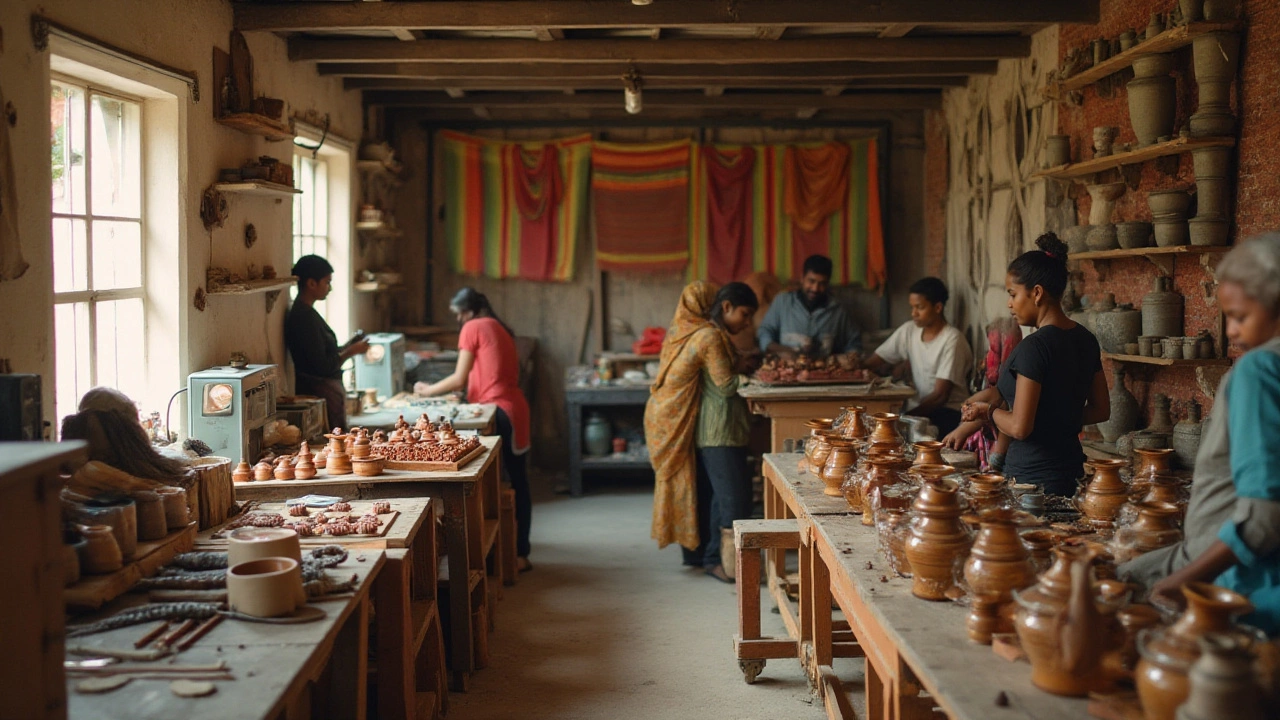Business Trends 2025: What’s Hot in Manufacturing and Start‑ups
If you run a factory, sell a product, or are thinking about launching a new venture, the trends you follow will decide how quickly you grow. 2025 is already showing clear directions: some industries are pulling big profits, others are expanding fast, and new funding routes are opening for fresh ideas. Below we break down the most useful signals you can act on today.
Top Profitable Manufacturing Sectors
Pharma continues to lead the profit race. With higher demand for vaccines, specialty drugs, and generic medicines, Indian labs are posting margins above 20 %. If you’re a supplier, targeting pharma plants with clean‑room components or high‑purity chemicals can boost your order book.
Electronics manufacturing is another winner. The push for electric vehicles, renewable energy gear, and consumer gadgets means circuit boards, batteries, and plastic casings are in hot demand. Companies that source raw polymers locally and offer quick turn‑around see higher pricing power.
Plastic recycling also turned a corner. New government incentives reward firms that turn waste into reusable polymer pellets. The “best plastic companies 2025” list shows a surge in firms that combine injection molding with recycled material, tapping both cost savings and green branding.
Fast‑Growing Business Opportunities
The fastest growing business in 2025 is digital‑enabled manufacturing services. Small‑batch, on‑demand production using CNC routers, 3‑D printers, and AI scheduling cuts inventory costs. Entrepreneurs can start with a modest shop floor and scale by offering rapid prototyping to tech start‑ups.
Another hot spot is low‑cost consumer goods. The “cheapest businesses to start in 2025” report highlights simple products like reusable containers, biodegradable cutlery, and basic furniture. Because the design is straightforward and the supply chain is short, profit comes fast.
Funding for these ideas is getting easier. Angel networks and government grant schemes now focus on manufacturers that adopt green tech or create jobs in tier‑2 cities. A proven pitch includes clear profit margins, a plan to use local raw material, and a snapshot of market demand – all of which investors ask for.
To profit from these trends, start with data. Look at the latest Indian manufacturing rankings, note which states have the best tax breaks, and match your product to a sector that’s already booming. Then build a supply chain that minimizes imports – for example, source polymers domestically instead of relying on volatile overseas prices.Finally, keep an eye on policy changes. Government schemes that support “Make in India” often add subsidies for equipment upgrades, skill development, and export assistance. Aligning your growth plan with these programs can lower costs and speed up market entry.
In short, 2025 rewards businesses that target high‑margin sectors, embrace digital tools, and tap into new funding sources. Use the insights above to pick a niche, set realistic goals, and start scaling today.

The Rising Stars in Small Scale Manufacturing: Trends and Opportunities
Small scale manufacturing is currently witnessing a transformation driven by technology, sustainability, and consumer preference for uniquely crafted products. Entrepreneurs are embracing small batch production of eco-friendly goods, bespoke items, and artisanal foods as demand grows. 3D printing and digital tools are opening doors for innovative designs and personalized solutions, turning small workshops into creative hubs. This article explores the latest trends and opportunities in small scale manufacturing that are setting the business world abuzz.
Read More